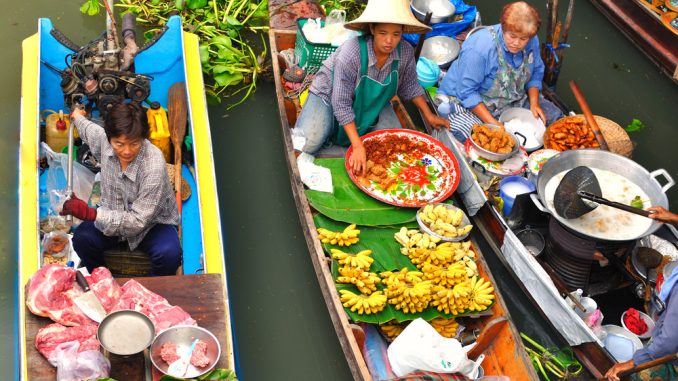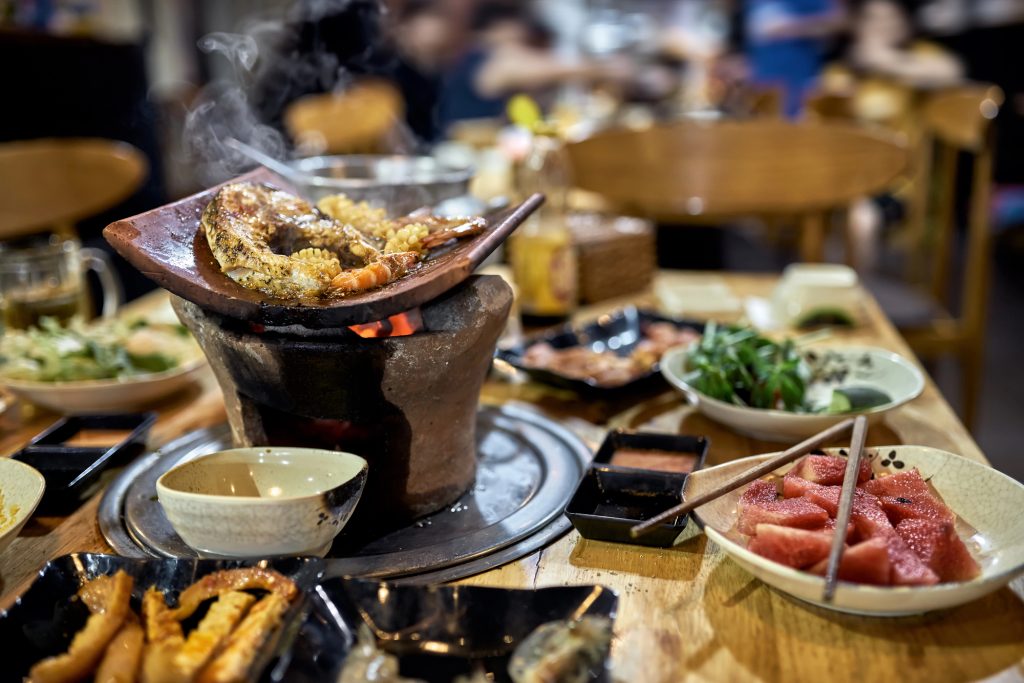
Seek out adventure beyond the beach in Vietnam and explore the nation’s rich and varied food culture.
Vietnam’s tourist board has targeted welcoming 1 million visitors from the UK per year and there are plenty of culinary delights to find if you do make the journey.
From the fragrant pho simmering in Hanoi to the vibrant rice paper rolls bursting with fresh flavours in Hoi An, every region boasts unique dishes that will tantalise your taste buds.
But with bustling street food stalls and hidden gem restaurants, navigating the food scene can be a little daunting. This guide offers the essential tips to transform your Vietnam trip into an unforgettable gastronomic journey.
Embrace the Street Food
Don’t be intimidated by the vibrant chaos of Vietnamese street food stalls. They’re the beating heart of Vietnamese cuisine, offering a delicious and affordable way to sample local favourites. Look for stalls with a steady stream of locals and good hygiene practices (inspect the ingredients and make sure they’re kept cool). Be adventurous – try dishes that pique your curiosity and don’t hesitate to ask vendors for recommendations.

Explore Regional Specialties
Vietnam’s diverse geography offers a medley of flavours. In Hanoi, savour the classic pho with its rich beef broth and silky rice noodles. Head south for Ho Chi Minh City’s fiery bun bo hue (spicy beef noodle soup) and don’t miss Hoi An’s iconic cao lau (thick rice noodles with pork and greens). Central Vietnam is known for its turmeric-infused mi quang noodles, while further south, fragrant curries take centre stage.
Go Beyond the Classics
While pho deserves its iconic status, Vietnam is much more than just noodle soups. Sample banh mi, the perfect marriage of French baguettes piled high with Vietnamese fillings like pate, pickled vegetables, and coriander. Bite into a crispy banh xeo (savoury crepe) filled with shrimp, pork, and bean sprouts, or indulge in goi cuon, refreshing rice paper rolls packed with fresh herbs, vegetables, and prawns or pork. Vegetarians will find plenty of options too, with tofu and bean curd featuring heavily in many dishes.
Embrace the Herbs and Dipping Sauces
Fresh herbs like mint, basil, and coriander are an essential part of Vietnamese cuisine. Vendors will often provide a basket overflowing with vibrant greens – experiment with them to personalise your dishes and discover flavour combinations that tantalise your taste buds. Dipping sauces like nuoc cham (fish sauce) and nuoc leo (broth) add depth and complexity to every bite. Don’t be afraid to ask for seconds – these flavour bombs are essential for a well-rounded Vietnamese dining experience.
Learn a Few Basic Phrases
A little Vietnamese goes a long way. Mastering “cam on” (thank you) and “mot” (one) shows respect and can open doors to hidden culinary gems. Don’t be afraid to point and gesture – the warmth of Vietnamese hospitality will bridge any language gap. Learning a few basic food-related phrases like “thom ngon” (it’s delicious) or “toi la nguoi an chay” (I am vegetarian) will further enhance your experience.
Why Not Take a Cooking Class?
Deepen your understanding of Vietnamese cuisine by taking a cooking class. Many restaurants and cooking schools offer hands-on sessions where you can learn to prepare your favourite dishes. This is a fantastic way to learn about local ingredients, cooking techniques, and the cultural significance of Vietnamese food.
Be the first to comment